1. Brazil
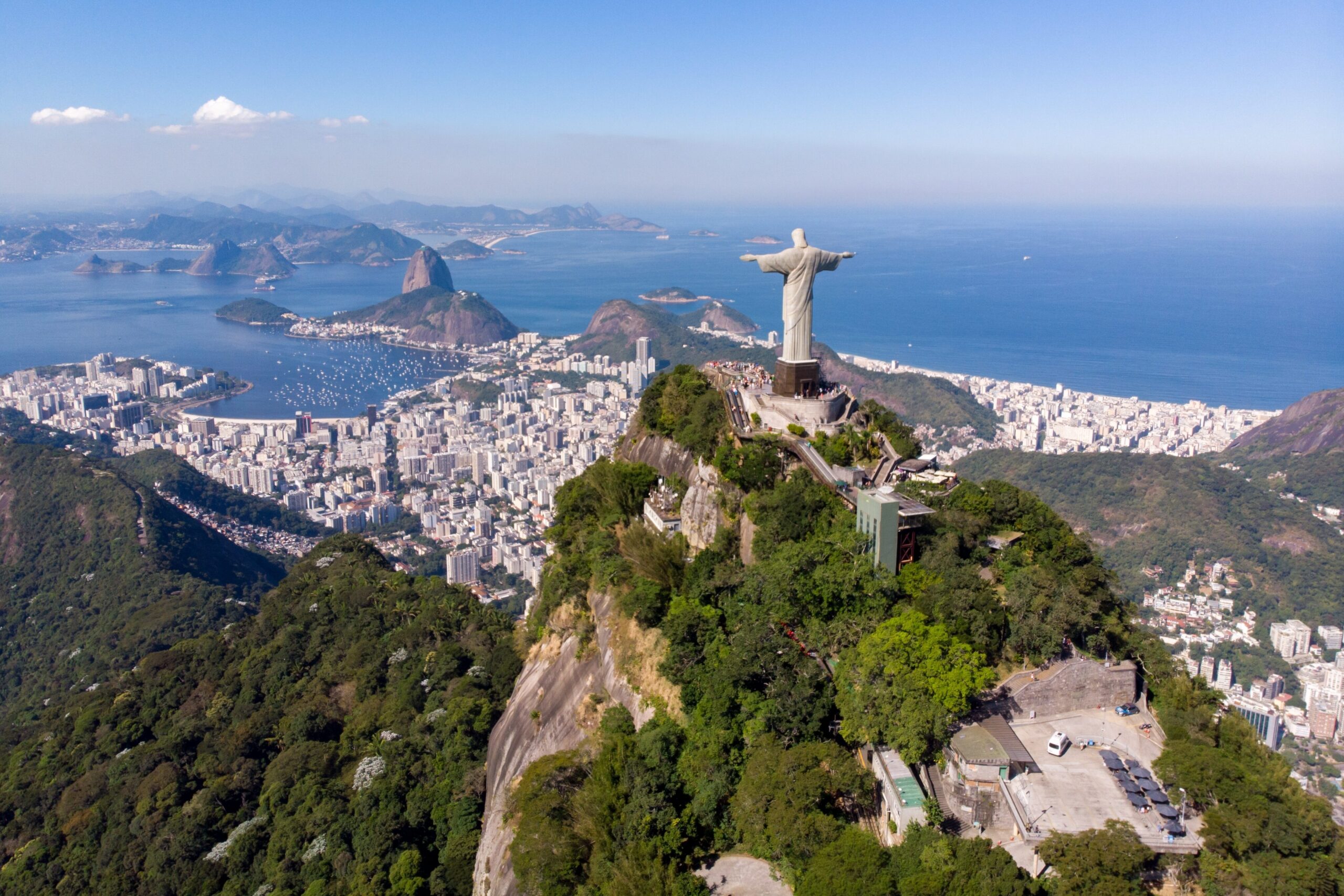
In Brazil, you’ll rarely see the stereotypical four seasons of spring, summer, fall, and winter. Instead, the country experiences two main seasons: the wet season and the dry season. The wet season runs from December to March, bringing heavy rainfall and humidity, especially in the Amazon region. This time of year can make the lush landscapes even more vibrant, but it can also disrupt travel plans with occasional floods. The dry season is from April to November, and this is when most tourists visit for beach vacations and outdoor activities shares Lonely Planet.
Brazil’s tropical climate also means that temperatures can remain consistently warm throughout the year. In the southern parts of the country, like in Paraná and Santa Catarina, you might feel a bit of a chill during the winter months, but it’s far from the freezing temperatures seen in temperate climates. With constant sunshine and balmy weather, life here revolves around outdoor activities like soccer, hiking, and enjoying the beautiful beaches. People often take advantage of the pleasant evenings, gathering for barbecues and music-filled celebrations adds the New York Times.
2. Maldives
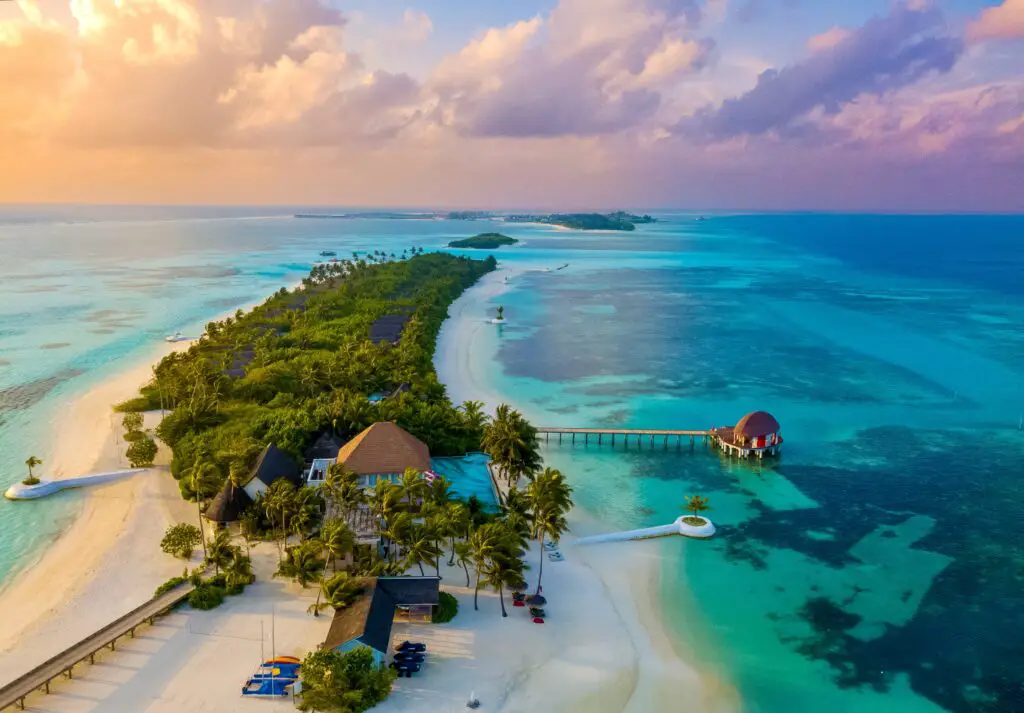
The Maldives is a tropical paradise, where there’s no need to worry about distinct seasons. Instead, the climate is divided into two main periods: the dry season and the rainy season. The dry season, from November to April, brings clear skies and warm temperatures, making it the perfect time for beach vacations. The rainy season runs from May to October, with the highest rainfall typically in June and July, but showers often come in brief bursts rather than all-day downpours shares Experience Travel Group.
Despite the rainier months, the Maldives maintains its balmy, tropical climate year-round, with temperatures hovering between 77°F and 88°F. Life here is all about relaxation and indulgence—most people come for the stunning beaches, crystal-clear waters, and luxury resorts. The wet season doesn’t deter tourists, as many resorts offer indoor activities like spas, cooking classes, and underwater dining experiences. Life on the islands is laid-back, with most locals enjoying the slower pace of life and the stunning natural surroundings explains Travel U.S. News.
3. Ecuador
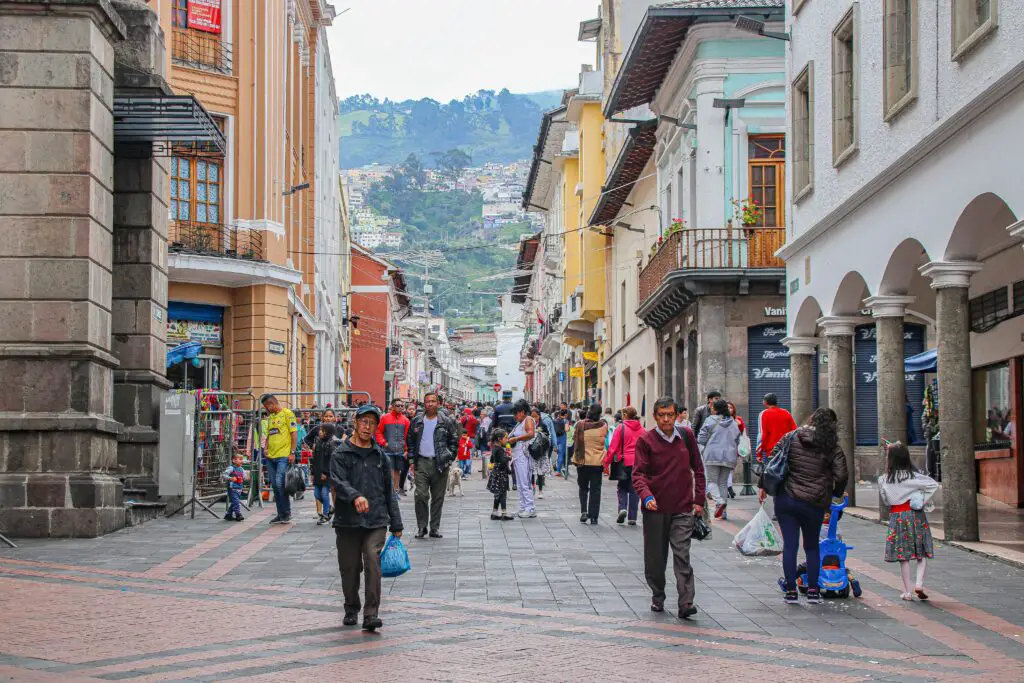
Ecuador is unique in that it doesn’t adhere to the traditional four-season model but instead experiences microclimates throughout the country due to its varying altitudes. Coastal regions, like Guayaquil, experience a tropical climate, while the highlands, such as Quito, remain cooler and more temperate, regardless of the time of year. The Amazon Basin, on the other hand, is hot and humid, with rainfall throughout the year, making it the wettest region of Ecuador.
Because of the diversity in climate, life in Ecuador changes based on where you are. In the highlands, you can find yourself in a cool, spring-like environment year-round, while on the coast, you’ll likely enjoy beach days with pleasant temperatures. This variety is one of the reasons Ecuador is such a popular destination for nature lovers and adventure travelers. Whether you’re hiking through the Andes or exploring the lush Amazon jungle, Ecuador’s climate shapes daily life in unique ways, offering a mix of temperate and tropical experiences all in one country.
4. Indonesia

Indonesia is a vast archipelago that doesn’t follow the typical four-season pattern but instead has two distinct seasons: the rainy season and the dry season. The rainy season typically lasts from November to March, bringing monsoons and heavy downpours, especially in places like Java and Bali. However, rainfall is often concentrated in short bursts, and many locals continue with their daily activities despite the rain. The dry season, from April to October, is the most popular time for tourists, with pleasant temperatures and sunny skies.
The humid, tropical climate means that Indonesia’s lush jungles, terraced rice fields, and sandy beaches are green and vibrant throughout the year. People here have learned to adapt to the changes in weather, with rain often offering a refreshing break from the heat. In urban areas, you’ll find people moving seamlessly between indoor and outdoor spaces, with traditional markets and outdoor cafés remaining busy even during the wet months. Indonesia’s year-round warmth and beauty create a lifestyle that emphasizes connection to nature, community, and daily flow.
5. Kenya
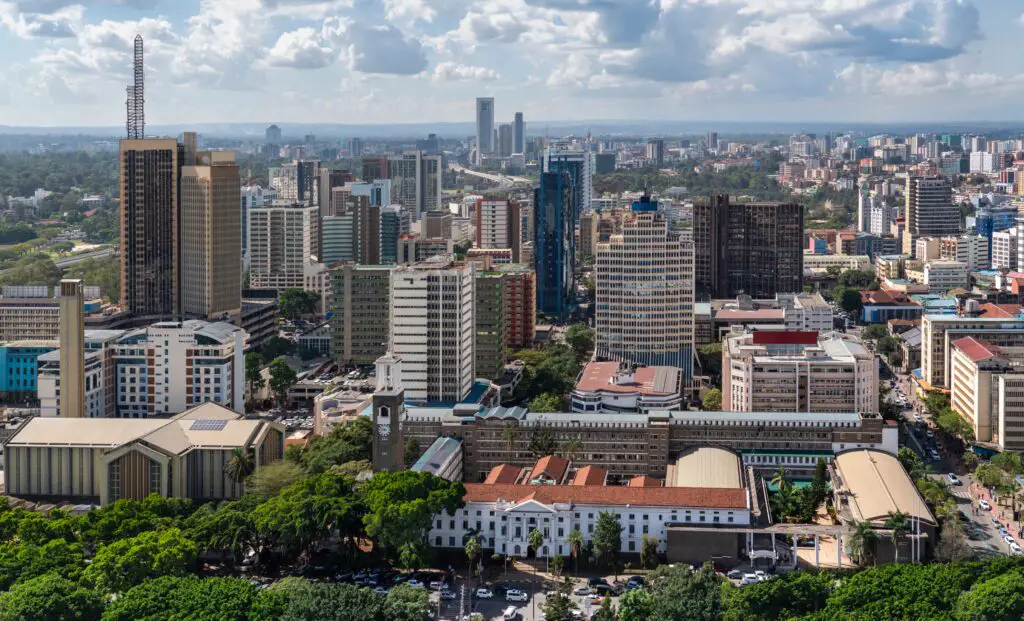
Kenya is a land of diverse ecosystems and climates, and it doesn’t follow the conventional four seasons. Instead, Kenya experiences a long rainy season from March to May and a shorter rainy period in November and December. The rest of the year is dry and warm, with the best weather for wildlife safaris during the dry season when animals gather around waterholes, making them easier to spot. The varying climate can differ greatly depending on the region, from the coastal heat of Mombasa to the cool, high-altitude air in Nairobi.
Kenya’s lifestyle is influenced by the climate, with much of life revolving around the land and wildlife. On the coast, life is laid-back, with an emphasis on fishing, tourism, and beach activities. In the highlands, agriculture plays a huge role in daily life, especially in areas that grow coffee and tea. The rainy season brings a burst of life and growth, but it also means farmers must plan their crops carefully, while the dry season demands water conservation. The overall sense of community and respect for nature is a constant, regardless of the weather.
6. Egypt

Egypt’s climate is marked by an almost endless stretch of sunny days and warm temperatures, with the exception of the cooler months of winter, from December to February. There are no distinct seasons like you might find in temperate climates. Instead, Egypt has a desert climate, with extremely hot summers from May to September and more moderate, pleasant winters. Rain is rare, especially in the Nile Valley, making the country’s climate one of the driest in the world.
In the bustling cities of Cairo and Alexandria, daily life is influenced by the warmth, with many people seeking shade during the midday heat and staying active in the cooler hours of the evening. Egypt’s rich history and ancient monuments are a draw for tourists year-round, with most outdoor activities taking place in the mornings or after sunset. The country’s hot, dry climate has shaped its culture, where life revolves around the rhythms of the sun, the river Nile, and the ancient ways of desert living.
7. Thailand
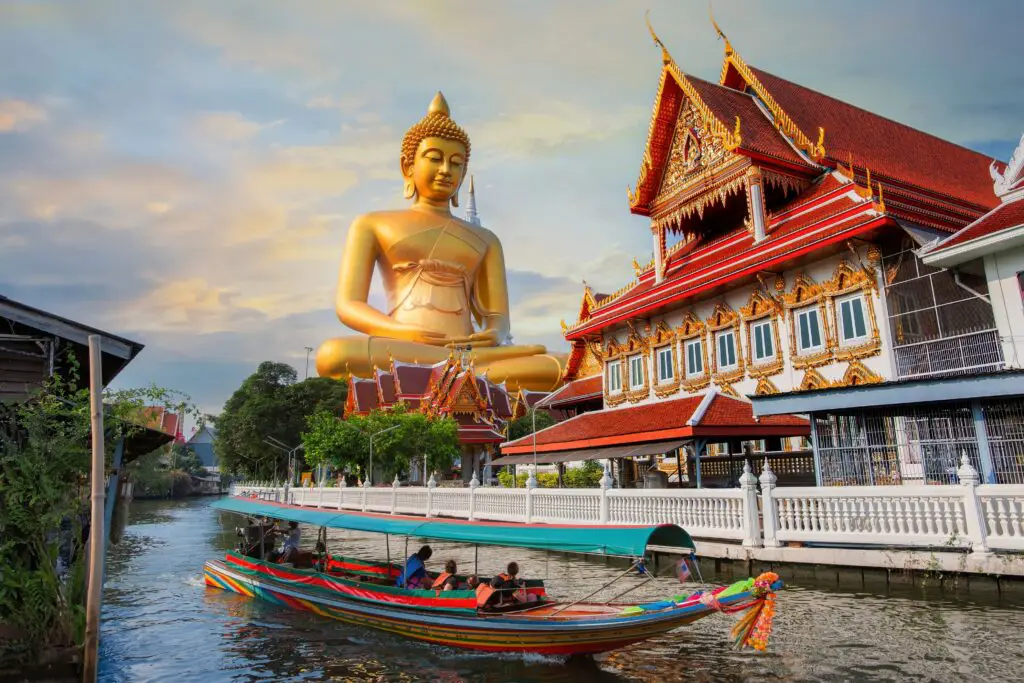
Thailand’s climate is categorized into three seasons: the hot season, the rainy season, and the cool season, though the cool season is relative and still quite warm. The hot season stretches from March to May, with temperatures reaching as high as 95°F or more, making it ideal for beachgoers and those seeking sun. The rainy season comes from June to October, and while it’s marked by occasional torrential downpours, it doesn’t usually last the entire day. The cool season runs from November to February, with temperatures dropping to more comfortable levels, perfect for outdoor activities and tourism.
Thailand’s tropical climate shapes the vibrant street life in cities like Bangkok, where locals and tourists alike enjoy eating, shopping, and sightseeing under the hot sun. The rainy season brings a refreshing change, cooling the air and enhancing the lush landscapes of the country’s national parks. The dry and cooler months are perfect for exploring Thailand’s islands and beaches, while the rainy season doesn’t stop people from enjoying the country’s incredible cuisine and cultural festivals. Life in Thailand is tied to the climate, with outdoor markets, temples, and festivals all taking place in harmony with the weather.
8. Australia
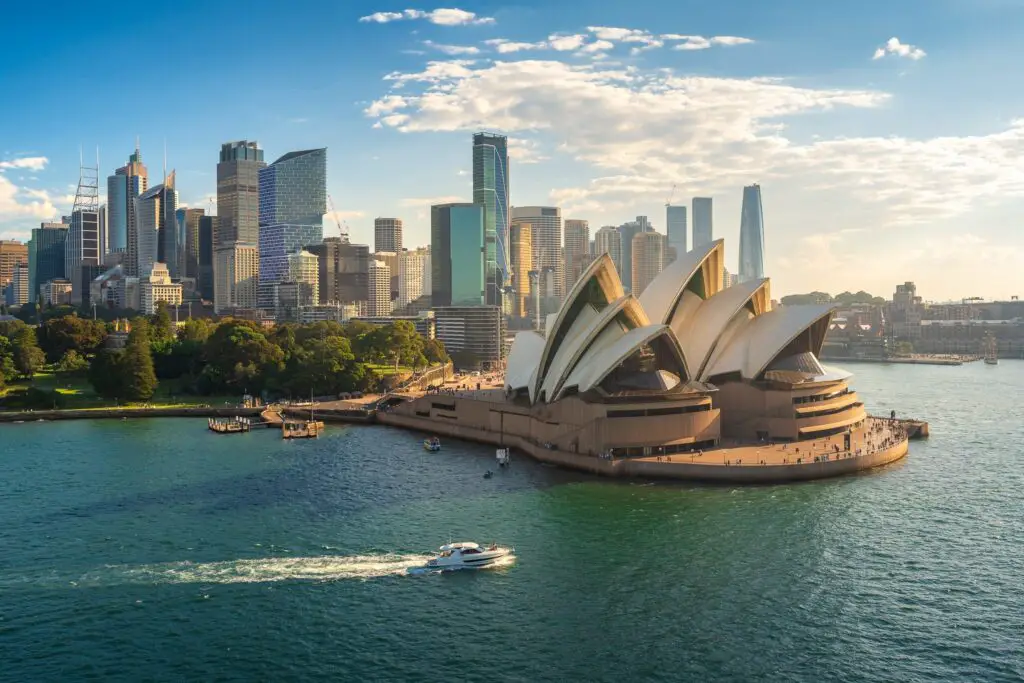
Australia is vast, with climates ranging from tropical in the north to temperate in the south. The country doesn’t follow the typical four-season cycle; instead, it has a summer season from December to February and a winter season from June to August. The rest of the year can vary, with some regions experiencing more rainfall in the autumn and spring months. Australia’s weather also varies significantly from one state to another, with Queensland staying warm year-round, while Tasmania experiences cooler temperatures even in the summer.
In cities like Sydney and Melbourne, people live in tune with the weather, enjoying the beach in the summer and transitioning to cozy cafes and wine bars during the cooler months. The changing seasons bring different types of outdoor activities, from surfing and barbecues to hiking and watching Australian wildlife. The country’s unpredictable weather patterns, especially in the outback, also shape life in remote communities, where resilience and adaptability are key. Australians embrace their unique climate, with each season offering something to enjoy.
9. Saudi Arabia

Saudi Arabia is home to some of the hottest desert climates on Earth, with scorching temperatures that can climb well above 100°F, particularly in the summer months. The country experiences two primary seasons: a hot summer from May to October and a cooler winter from November to April. While the winter season brings more moderate temperatures, it is still relatively warm compared to other regions of the world. Rain is extremely rare, and when it does occur, it is usually concentrated in short bursts.
Despite the intense heat, life in Saudi Arabia continues year-round. In the summer, people seek refuge in air-conditioned indoor spaces or enjoy evening activities after the sun goes down. The cooler winter months are the most comfortable for outdoor events and festivals, and this is when much of the country’s cultural activities take place. The harsh climate has influenced many aspects of daily life, from the design of buildings to the types of clothing people wear, emphasizing protection from the sun and heat.
10. India

India’s climate is incredibly diverse, with distinct seasonal patterns that vary from region to region. The major seasons are summer (March to June), monsoon (June to September), and winter (October to February). In the northern regions, the temperature can dip below freezing during the winter, while the south remains warm year-round. The monsoon season is particularly important, as it brings much-needed rainfall to the agricultural regions, especially in the west and south.
In cities like New Delhi, the hot summer months can be intense, while the cooler winter offers a reprieve from the heat. The monsoon season, though sometimes disruptive, is welcomed by farmers and nature lovers alike, as it transforms the landscape with lush greenery and vibrant colors. Life in India is centered around the rhythms of the seasons, with festivals and rituals timed to the changing weather. Whether it’s celebrating Diwali in the cool months or the monsoon festivals with colorful processions, India’s seasonal variety is woven into the culture.
11. Costa Rica
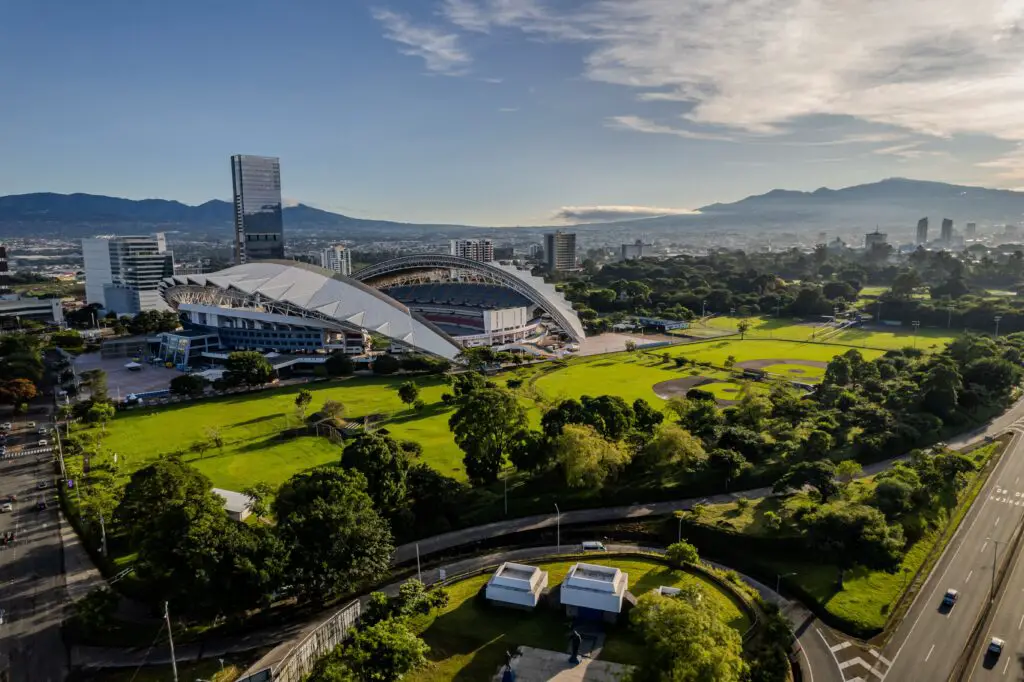
Costa Rica experiences two primary seasons: the rainy season (May to November) and the dry season (December to April). The rainy season brings refreshing showers, especially in the afternoon and evening, making it a great time to see the country’s rainforests come to life. The dry season is the more popular time for tourists, offering clear skies and warm temperatures perfect for beach vacations and outdoor adventures like zip-lining and hiking.
The tropical climate influences Costa Rican life, where people spend a lot of time outdoors, whether in the lush jungles, on the coast, or in the mountains. During the wet months, the rain provides a break from the heat, and life continues at a slower pace. In the dry season, outdoor activities become more popular, especially along the Pacific coast, where surfing and relaxing on the beach are a way of life. Costa Rica’s weather is a perfect match for its “Pura Vida” lifestyle, centered around enjoying nature and living in harmony with the environment.
12. Vietnam
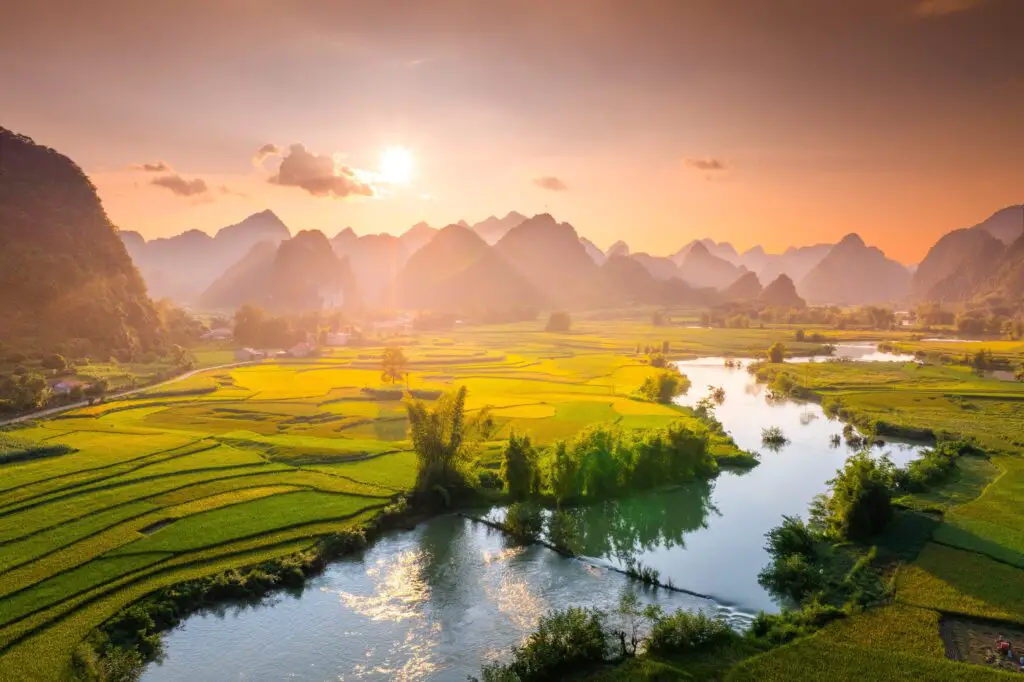
Vietnam’s climate is influenced by both the monsoon and tropical systems, with the north and south experiencing distinct weather patterns. The north has four seasons, but the south remains warm and tropical year-round. The rainy season in the south runs from May to November, while the dry season lasts from December to April. In the north, the weather varies more dramatically, with cool, dry winters and hot, humid summers.
Life in Vietnam is shaped by its diverse climate, with the northern regions enjoying cooler weather and an opportunity for locals to wear more layers, while the south remains a hub of warmth and sunshine. The rainy season is often a time for people to stay indoors, while the dry season brings festivals and outdoor celebrations, especially in places like Ho Chi Minh City. Whether you’re walking through the markets, eating pho, or enjoying a cruise on Ha Long Bay, the weather adds to the local flavor, giving a unique backdrop to daily life.
13. Japan

Japan experiences a range of seasons, but it’s not the traditional four-season experience everyone expects. The country has a humid subtropical climate, with hot, humid summers and mild winters. The four seasons that people talk about in Japan are often more about the cultural significance of each period, like the blooming cherry blossoms in spring and the vibrant autumn leaves. Summer can get quite hot and sticky, especially in cities like Tokyo, but it’s also marked by traditional festivals and fireworks displays.
The distinct seasons shape much of Japan’s cultural life, with people enjoying cherry blossoms in spring, hiking in the cool autumn weather, and soaking in hot springs during the colder months. Despite the sweltering summers, Japan is known for its attention to detail in comfort, from air-conditioned public transport to soothing indoor spaces. Whether you’re enjoying the scenic beauty of Japan’s gardens or indulging in delicious seasonal foods, the climate plays a big role in the rhythm of life here.
